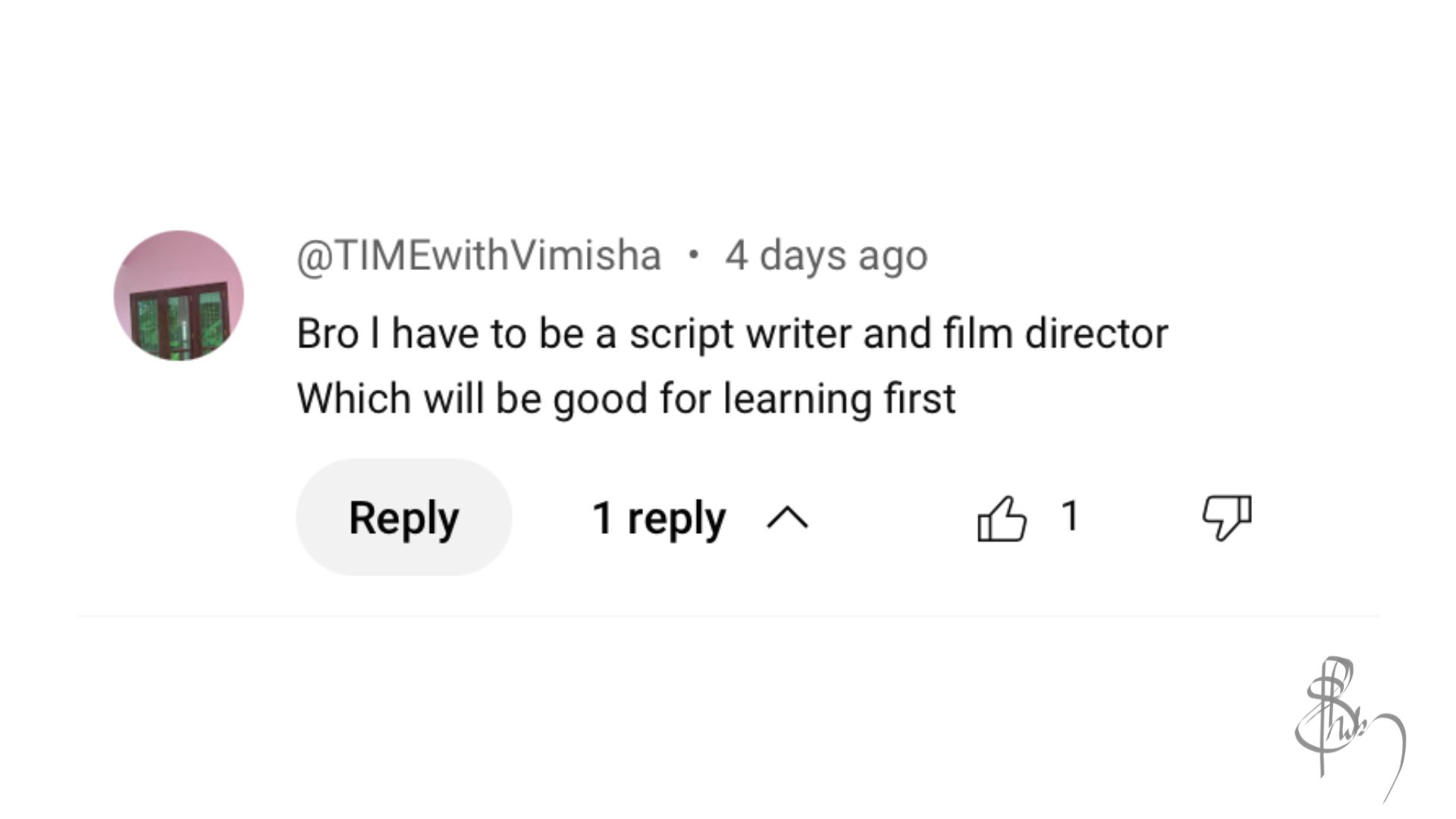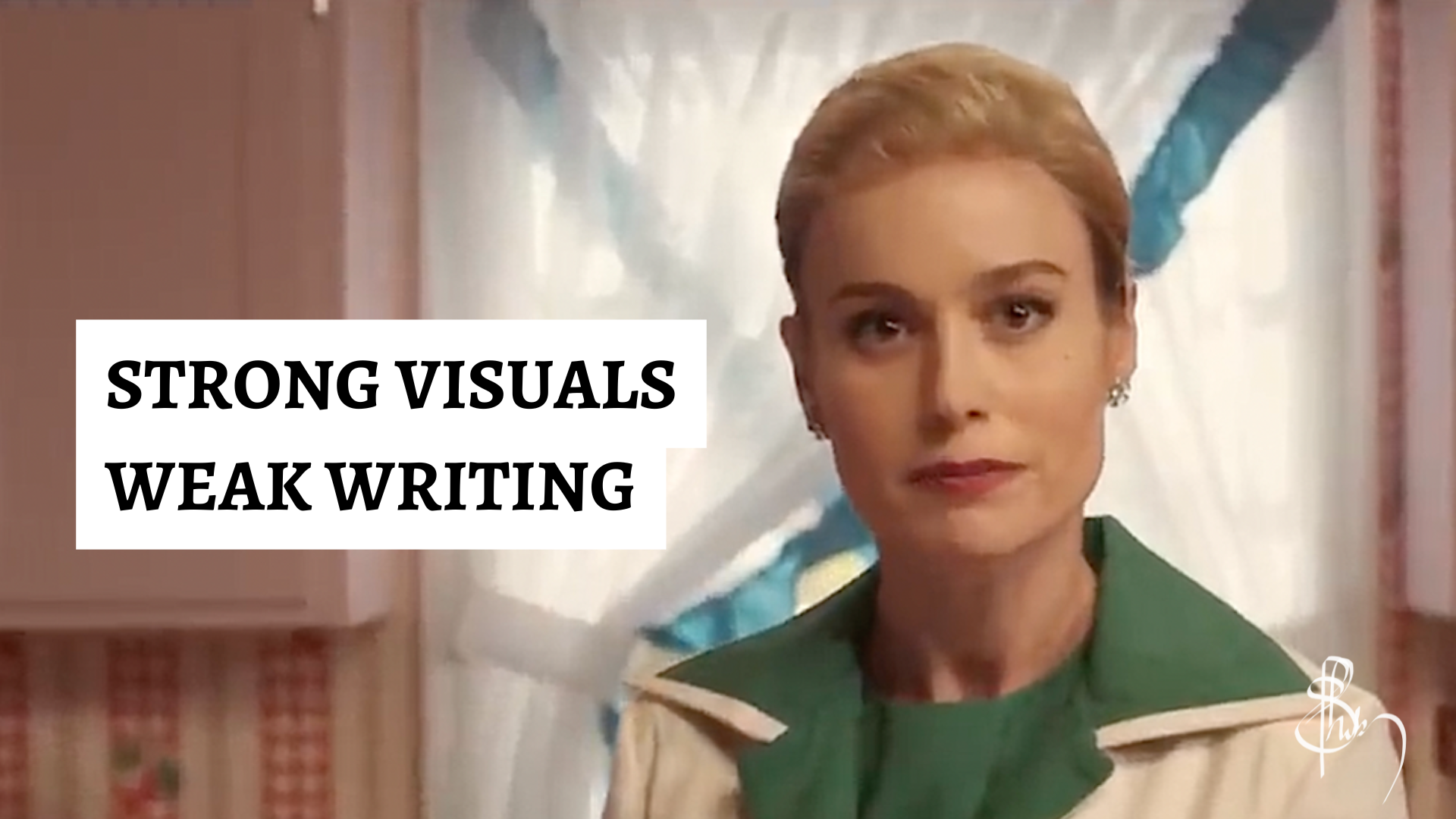The following is my attempt at documenting what I learned at the NFDC Film Bazaar 2019 Producers’ Workshop about public film funding and what Indian aspiring filmmakers need to know about public film funds outside of India, especially those in Europe, based on the session by Ilann Girard from OLFFI.
Note: This has been compiled from my handwritten notes, fellow participant notes and speaker slides where available, almost 6 years since the session happened. It has been compiled and rewritten for aspiring filmmakers with the help of AI such as ChatGPT and NotebookLM. There could be misinterpretations or misunderstandings. We have tried our best to keep it accurate. This is not to be taken as a verbatim documentation of the speaker’s words.
Why Public Film Funding Matters for Aspiring Filmmakers
Independent films often face a financing gap. Private investment may not always cover production costs, especially for first-time directors or smaller projects. Public film funding is one of the ways to close that gap.
What are Public Film Funds? Think of public film funding as money that certain governments or public groups offer to help filmmakers create their movies.
In Europe, public film funding is the primary way of film financing, with 35 countries offering about ₹22,000 crores (€2.2 billion) in funds each year. In South Asia, public funding exists but is marginal. Which means filmmakers here depend far more on private equity, deferments, and presales. It is important for an aspiring filmmaker to know these systems not because they are immediately accessible, but because they show how films are sustained globally and where opportunities may lie beyond the borders of India.
Various Sources of Film Funding for Aspiring Filmmakers
First, let us look at the various sources of film funding available for aspiring filmmakers.
- Crowdfunding through platforms where audiences contribute small amounts. Like my debut feature film, Munnariv.
- Private investment from individuals or companies. This is how the majority of films in India are produced.
- Investors, film funds, grants, and foundations that support projects. These could be things like NGO funded documentaries and so on, as an example.
- Market sources such as presales to theatrical distributors, television channels, or OTT platforms like Netflix and Amazon and international minimum guarantees. These could be rare things like the tickets to the upcoming Christopher Nolan movie, The Odyssey, selling out even a year before release. Or distributors buying rights to a Rajanikanth movie even before the camera starts rolling.
- Deferments or in-kind contributions from producers, actors, crew, or service providers who agree to postpone payment. In-kind contributions could be things like a house owner giving you their place to shoot for free instead of taking a portion of your budget.
- Public funding schemes for scriptwriting, development, production, or post-production. This is what Illan Girard was talking about at the NFDC Film Bazaar 2019 Producers’ Workshop. And it is a sizeable amount. Did I say it comes to ₹22,000 crores?
In practice, films often combine many of these sources to make up a budget. Let us look deeper into what Illan Girard had to say about public film funds.
The Three Types of Public Film Funding
Public film funding is usually divided into the following three categories:
- Selective schemes
- Semi-automatic schemes
- Automatic schemes
1. Selective Schemes of Public Film Funds
In simple terms, Selective Schemes can be thought of like a competition based on creativity.
- Unlike other funding types that might depend on business calculations, selective schemes are all about the quality of the project. A group of experts reads your script and reviews your project, and they “select” the ones they think are the most artistically promising.
- It’s for a specific film project. The money is given to help you make a particular film, not just to support your production company in general. You can apply for this money at different stages, whether you need it for writing the script, developing the idea, production (filming), or even for distribution.
- There are rules and deadlines. You usually have to apply by specific dates during the year. There’s also a limit or “cap” on how much money you can receive.
- You might have to pay it back. This is a key point. Selective funding isn’t always a free grant. Often, if your film becomes successful and makes money, you are required to pay back the funds you received. This is called “recoupment”.
2. Semi-Automatic Schemes of Public Film Funds
Imagine you’re a filmmaker looking for money to make your movie, and a specific region or city is offering funds to attract productions to that region. A semi-automatic scheme is a type of funding they might offer that works in two steps:
- First, you have to pass a basic “cultural test.” This is a simple check to make sure your film has some creative value or cultural connection to the area that is offering the fund. It’s not as strict as the competition for a Selective scheme, which is all about artistic merit. It’s more of a “softer” check to see if your project is a good fit.
- If you pass, the amount of money you get is calculated based on how much you spend locally. The funding is directly tied to your “qualifying expenditure” in that region. The more money you spend there on things like hiring a local crew, renting equipment, or post-production, the more funding you can receive. This is the “economic” part of the scheme.
So, in simple terms, a semi-automatic scheme is a hybrid:
- It has a creative part (the cultural test you have to pass).
- It has an economic part (the funding amount depends on your local spending).
This is why they are often found at a regional or local level. They are designed to encourage film production that benefits the local economy.
3. Automatic schemes of Public Film Funds
An automatic scheme is a type of funding where you don’t have to win a creative competition. Instead, you get the money “automatically” if you meet certain business or economic rules.
Here’s how it works:
- It’s Based on Spending, Not Art: The decision to give you money isn’t based on how good your script is. It’s based on how much money you spend on making the film. The more you spend on eligible costs (like hiring crew or renting equipment), the more funding you can get, up to a certain limit. Think of it like a Rebate or Tax Break. This is, in fact, the most common form of automatic funding. A government might offer a “rebate” or a “tax credit”. Which means they give you back a percentage of the money you spent making the film in their country or region.
- Usually, You Don’t Have to Pay It Back: In most cases, the money you receive is a grant, meaning it’s yours to keep, and you don’t have to repay it if your film makes a profit.
- You Can Apply Anytime: Unlike other schemes with strict deadlines, you can usually apply for automatic funds all year round, which makes it much more flexible for producers.
In short, automatic schemes are business-focused incentives designed to encourage filmmakers to spend money in a particular location. Examples include Germany’s DFFF, tax shelters in Belgium, France, and Italy, and French incentives ranging from €60,000 to €250,000, with an average around €120,000.
Eligibility Rules for Public Film Funding
Applying for these public film funds as an aspiring filmmaker is similar to applying for a loan as a businessperson. You, your project, and your budget have to meet certain rules to qualify for the money. Illan Girard broke these rules down into the following three main pillars.
1. The Applicant (Who can apply?)
This rule is all about you and your production company.
- Most funds have rules about your nationality, where you live, or where your company is registered for taxes.
- For example, to get European money, you usually need to be a producer based in Europe. This is why teaming up with a producer from another country (a co-production) is so important. It makes your project eligible for funds in their country.
2. The Project (What kind of film qualifies?)
This rule is about your film itself.
- The Cultural Test: As discussed above, any funds, especially in Europe, will give your film a “cultural test”. Your film has to have a cultural connection to the country or region you are applying to. You might have to use local actors, film in local locations, or tell a story that reflects the local culture. You can think of it like needing to reach a minimum score to pass.
- Proof of Viability: Funders want to see that your project is serious. You often need to show that you already have some money secured or that a distributor is interested in your film.
- Local Spending: To get money from a regional fund, you almost always have to promise to spend a certain amount of that money locally.
3. The Costs (What expenses are covered?)
This rule is about your budget.
- Qualifying Expenses: Not every dollar, or euro, you spend is eligible for funding. Funds have a specific list of “qualifying expenses,” and the amount of money you get is often calculated as a percentage of these approved costs.
- Payback Rules: You need to check if the money is a grant you can keep or a loan you have to pay back, like the Selective funds.
Getting public funding is about proving that the right person is making the right kind of project and will spend the money in the right way.
Examples and Resources for Public Film Funding
Some of the specific public film fund examples Illan Girard mentioned were the following:
- The Hubert Bals Fund
- The Nordic Days Film Festival
- The New Cinema Market at the Rome Film Festival.
- And his own online database, olffi.com, with information on global funds and incentive calendars.
What Public Film Funding Means for Aspiring Filmmakers
Just from reading this, you have probably understood that public film funding is not simple. It involves schemes, treaties, cultural tests, and practical requirements. While in India and the rest of South Asia it might not play that big of a role, it is central to the way films are financed in Europe.
For aspiring Indian filmmakers, knowing that these systems exist and the vast number of funds available is the first step. The film you might be currently working on might not have anything to do with Europe or anything to do with these cultures. Or they might. Or your future film might. Even if direct access to European funds is not immediate, we hope understanding these different public film funds and how they work builds awareness of how independent films survive worldwide, and it may open doors for you in the future.
Hey Aspiring Filmmaker,
I debuted my film career making a feature film for ₹5 lakhs ($7,000) on an iPhone. I’d like to help you do the same. So I wrote everything I learned into a book. It is now available on Amazon, called The Indian Indie Film (or Make Your Film for rest of the world). Enjoy!





